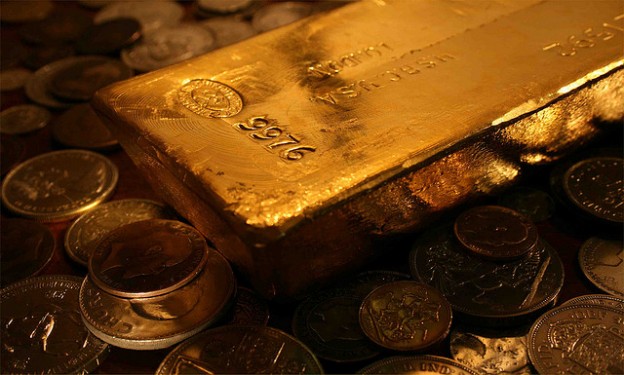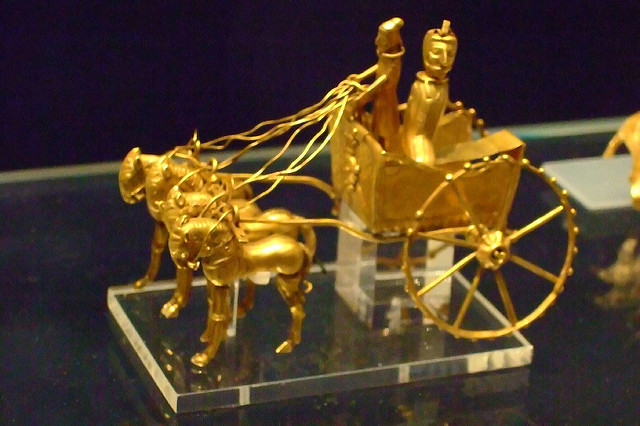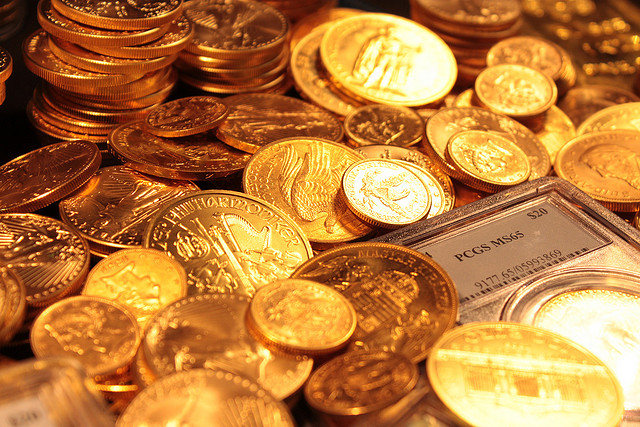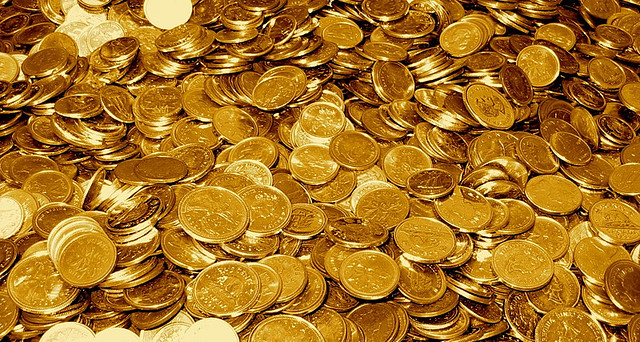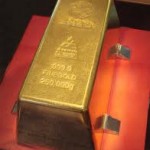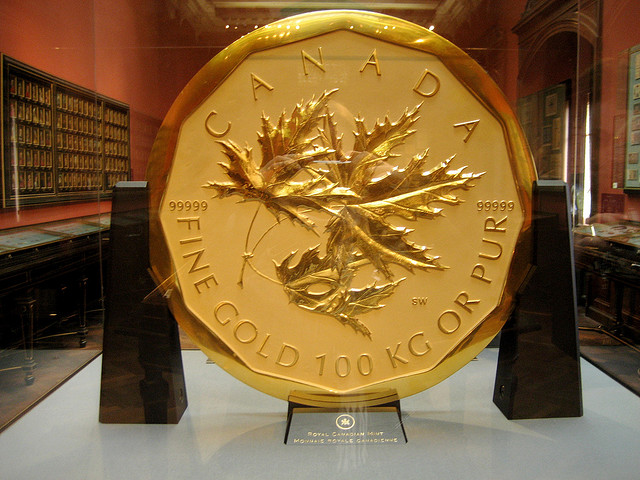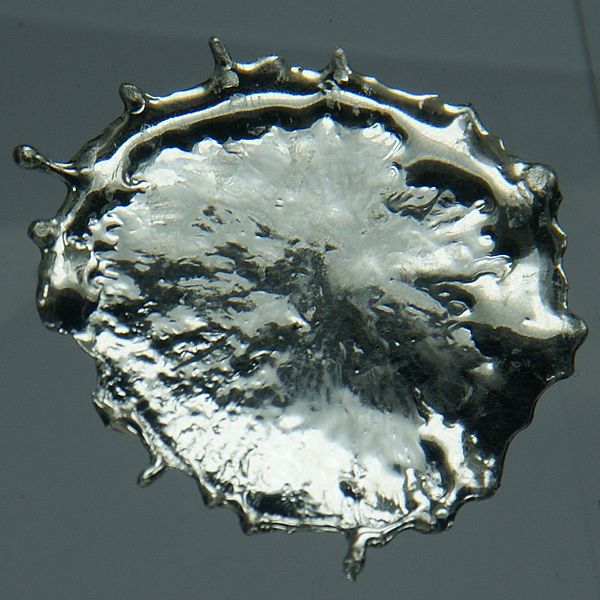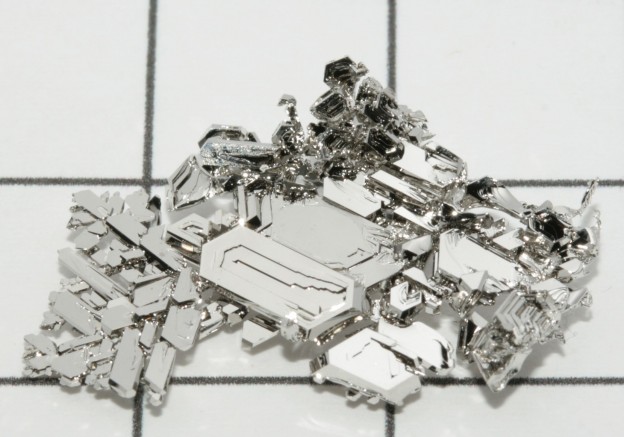Despite fears of commodities losing value this year and investor hesitation in buying into gold, the precious metal climbed to its highest level in three weeks on increased consumption in Asia, despite the lack of investing demand.
Last year, gold dropped 28 percent of its values, the most since 1981, as investors fled to rising equities and dampened inflation for store value. The Fed’s highly publicised talks regarding economic stimulus and last month’s decision to cut funds for bond purchasing from $85 billion to $75 billion played a big role in the market sentiment towards gold.
Despite investors’ hesitation, however, Chinese consumers are certainly taking advantage of the lower prices as shipments of gold to China more that doubled in the first eleven months of the year, as data from the Hong Kong Census and Statistics Department. The title of the world’s biggest bullion consumer has probably shifted from India to China, the World Gold Council said.
SPDR Gold Trust, the biggest gold-backed exchange-traded product, saw its holding deplete to 794.62 tons yesterday, the lowest since January 2009, according to reports published on the fund’s website. A sum of 552.6 tons was taken out in the past year.
Other metals have been showing upward movement as well. Silver for immediate delivery rose 0.2 percent, its fourth consecutive day of advancement. Platinum also climbed 0.2 percent, while Palladium fell 0.1 percent.

